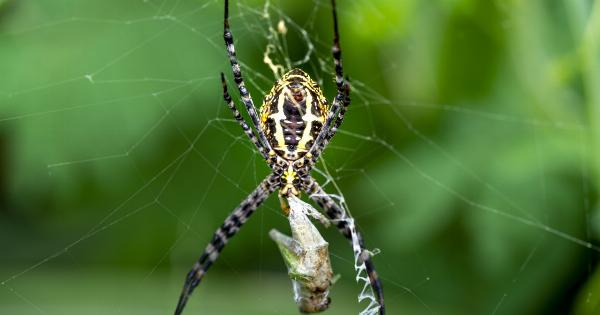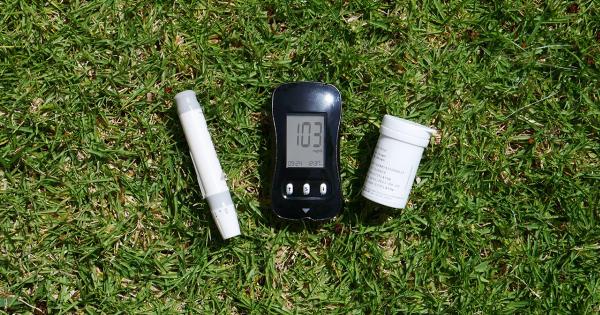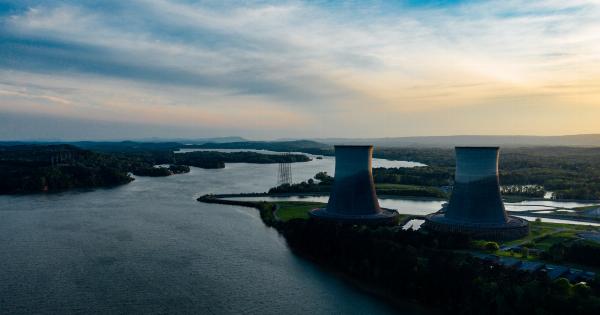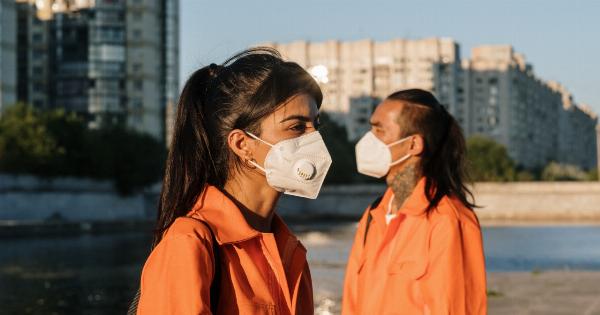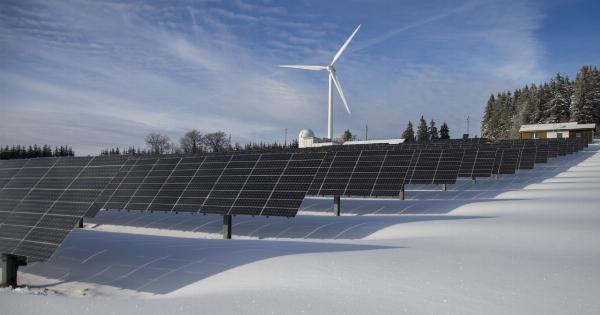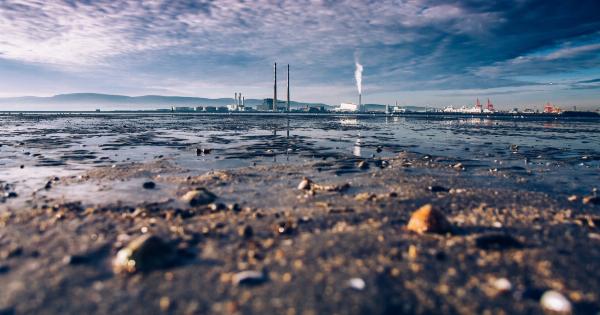Have you ever noticed a greasy sheen on the surface of the water in your backyard pool, local lake, or even the ocean? This oily film is often the result of oil spills, leaked motor oil from boats, or even runoff from streets and parking lots.
Not only is it unsightly, but it can be harmful to wildlife and the environment. In this article, we will explore ways to beat the oil and get rid of that sheen.
Understanding the Environmental Impact of Oil Sheen
Oil sheen on the surface of water can be harmful to both aquatic and terrestrial life. The oil creates a barrier that prevents air from entering the water and deprives aquatic plants and animals of oxygen.
This can lead to the death of fish, crustaceans, and other aquatic life.
Oil sheen can also be harmful to wildlife that comes into contact with it. Birds, for example, can become coated in oil, which impairs their ability to fly and makes it difficult to regulate their body temperature.
The ingestion of oil can also be toxic to animals and can lead to organ damage and death.
In addition to the immediate harm caused by oil sheen, it can also have long-term environmental consequences. Oil spills can contaminate soil and water, disrupt ecosystems, and cause lasting damage to habitats.
Cleaning up oil spills can be costly and time-consuming, and the effects can last for years or even decades.
The Importance of Preventing Oil Sheen
Preventing oil sheen from occurring in the first place is the best way to protect the environment and wildlife. There are several steps you can take to prevent oil sheen:.
Dispose of Hazardous Waste Properly
To avoid oil spills from vehicles or machinery, make sure to dispose of hazardous waste properly. This means taking used motor oil, antifreeze, and other hazardous materials to an approved recycling center.
Avoid dumping hazardous waste down the drain or into a storm drain.
Regularly Maintain Machinery and Vehicles
Regular maintenance of machinery and vehicles can help prevent leaks and spills. Make sure to check for leaks and address them promptly. Replace worn or damaged parts as needed to prevent fluid leaks.
Reduce Runoff
Reducing runoff from streets and parking lots can help prevent oil sheen from entering waterways. Installing permeable pavement or rain gardens can help absorb runoff and filter out pollutants before they enter waterways.
Practice Safe Boating
Boaters should take precautions to prevent leaks and spills. Make sure to check for leaks before heading out on the water and inspect fuel lines, tanks, and connectors regularly.
Be sure to properly dispose of any wastewater, as untreated sewage can harm marine life.
Removing Oil Sheen
If you do notice oil sheen on the surface of water, it’s important to take action to remove it. Depending on the severity of the sheen, there are several methods for removing it:.
Booms and Sorbents
Booms and sorbents are often used to contain and remove oil spills in water. Booms are floating barriers that can be used to contain and redirect oil spills. Sorbents are materials that can absorb oil from the surface of the water.
These can be used to soak up oil sheen in small-scale spills.
Skimming
Skimming involves using a device to remove oil from the surface of the water. Skimmer devices can be used to collect oil from sheens or small-scale spills.
Bioremediation
Bioremediation is a natural method of cleaning up oil spills. It involves introducing microorganisms that can break down the oil and convert it into harmless byproducts.
This method can be effective in small-scale spills but may not be practical for large-scale spills.
Preventing Oil Sheen Benefits Everyone and the Environment
Oil sheen on the surface of water can be harmful to wildlife and the environment.
It’s important to take steps to prevent oil sheen from occurring in the first place by properly disposing of hazardous waste, maintaining machinery and vehicles, and reducing runoff. If you do notice oil sheen, it’s important to take action to remove it promptly to minimize harm to the environment. By working together, we can protect our waterways and the wildlife that call them home.










